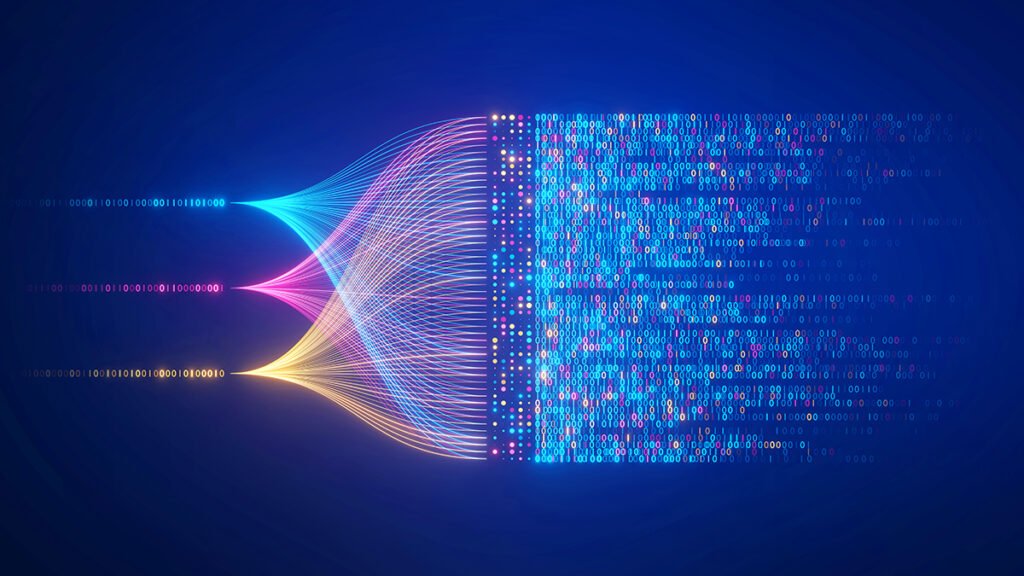In my last blog I made a strong case for print design and its relevance in the the realm of graphic design, however it wouldn’t be a fair conversation without discussing the benefits of the other side of the coin – digital design. The shift towards digital mediums has not only revolutionised creativity but also sparked a crucial conversation about sustainability. While print design holds its own charm, digital design emerges as a pioneering force championing eco-friendly principles.


Environmental impact
One of the most compelling advantages of digital design lies in its minimal environmental footprint. Unlike print, which consumes significant resources – paper, ink, and energy – digital design eliminates the need for physical materials altogether. This reduction in waste and carbon emissions aligns with global efforts towards sustainability and conservation.
Versatility and adaptability
Digital design offers unparalleled versatility and adaptability. Designers can effortlessly create, revise, and distribute content across various platforms without the constraints of physical production. This agility not only enhances workflow efficiency but also reduces the need for repeated print trials, thus conserving resources and minimising waste.
Accessibility and global reach
The digital landscape transcends geographical boundaries, offering unprecedented accessibility and global reach. Designers can connect with audiences worldwide in real-time, delivering content instantly and efficiently. This instantaneous communication fosters collaboration, creativity, and knowledge-sharing on a scale unimaginable in traditional print design.
Interactive and engaging experiences
Interactive elements inherent to digital design – animations, videos, augmented reality – offer dynamic and engaging experiences that static print cannot replicate. These immersive features captivate audiences, encourage active participation, and enrich storytelling capabilities, thereby amplifying the impact and effectiveness of visual communication.
Evolving technologies and innovation
Digital design thrives on continuous innovation and evolving technologies. From responsive web design to user experience (UX) optimisation, advancements in digital tools empower designers to push boundaries, experiment with new techniques, and deliver cutting-edge solutions that resonate with contemporary audiences.
Linking back to print design
While digital design boasts numerous advantages, it does not render print design obsolete. Instead, both mediums coexist, each offering unique strengths and catering to diverse needs and preferences. Print design’s emphasis on tangibility and craftsmanship complements digital design’s sustainability and global reach, creating a balanced ecosystem within the graphic design industry.
In the quest for sustainable practices and eco-friendly solutions, digital design emerges as a frontrunner in the graphic design landscape. Its ability to minimise environmental impact, enhance versatility, and foster global connectivity underscores its transformative potential. By embracing digital design principles, designers can contribute to a greener future while continuing to innovate and inspire through their creative endeavours.
By recognising the distinct advantages of digital design alongside the enduring qualities of print design, we affirm the dynamic evolution of graphic design – a field where innovation meets sustainability, paving the way for a more conscious and impactful creative industry.
To see how Fresco can help with your next creative project contact us today!
